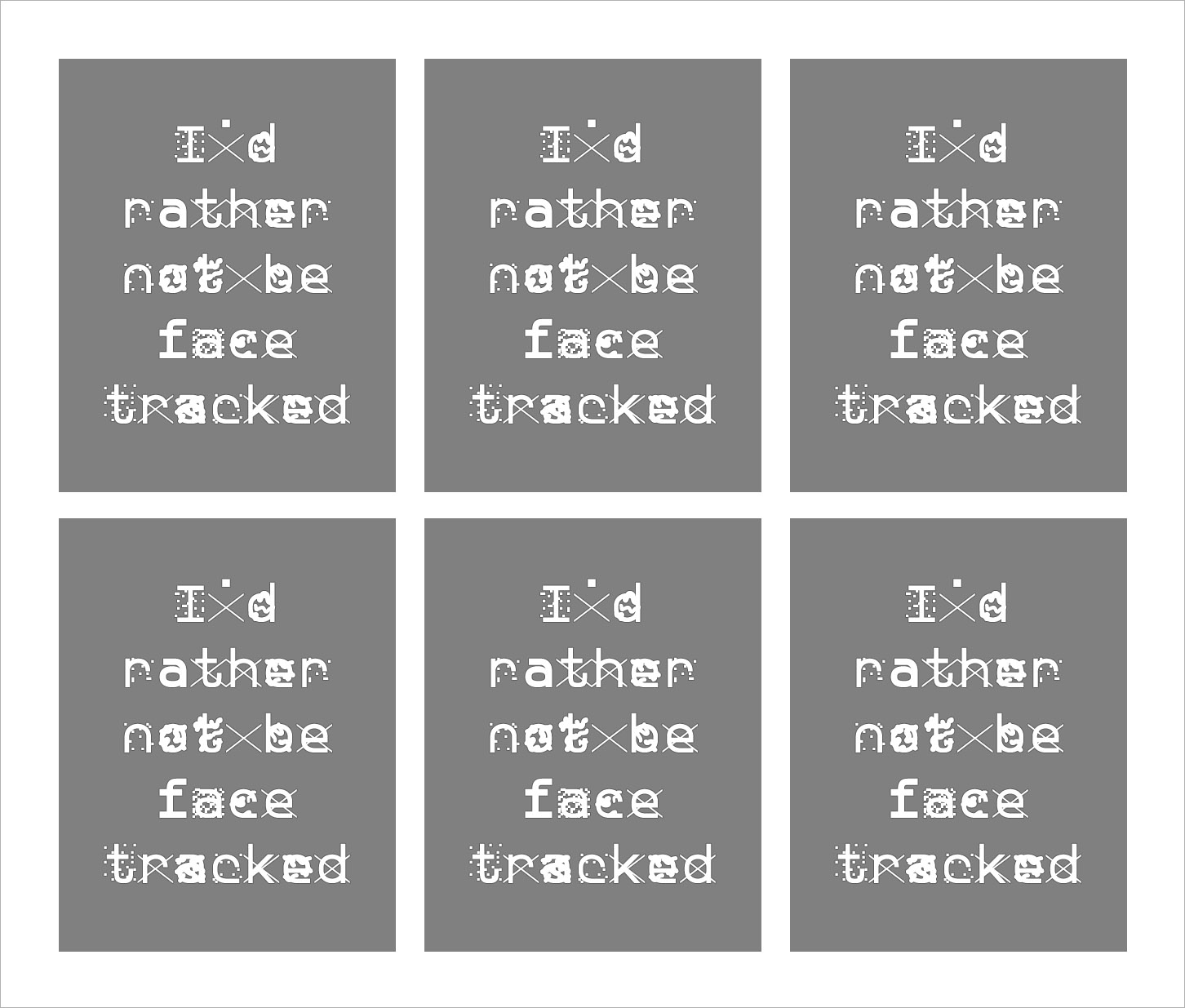
What were you doing in the year leading up to the residency?
Shinji
I’ve been working on a few projects as a digital artist. In late 2017, I was finishing an online residency/commission project at arebyte Gallery. The project was entitled forgetting.online and based on online participation, anonymous memory sharing, and a systematic glitch algorithm as a strategic and aesthetic tool of digital erasure and collective forgetting. Also I’ve presented my work at The Wrong – New Digital Art Biennale, an exhibition by infinite multiple, and Machines Will Watch Us Die, an exhibition by Patrizia Costantin at The Holden Gallery in Manchester. I also contributed to arebyte Gallery’s exhibition at Ars Electronica. More recently I’ve been working for an ongoing online exhibition curated by Filippo Lorenzin and Green Cube Gallery. For this period, my work has been focusing on the issues of the data economy and digital memory, and dealing with the ideas of ephemerality and precariousness in association with the digital technology.
Murad
I’ve been studying for my MRes in Philosophy, working on the relationship between computation and time, as part of an expanding study on the connection between mathematics and metaphysics.
What are you working on at the moment?
For this residency our collaboration has focused on an exploration of the limits of classification and categorisation that structure both social and technical systems. In particular we’ve been looking at machine-learning systems for facial recognition technologies, and the way in which the social structures and hierarchies of race are imported into (and transformed within) these systems. Current work around this rightly highlights the disparities in training data (see Joy Buolamwini’s work for more on this) but also has to contend with the disproportionate targeting by predictive and military technologies that rely on an excess of minoritarian faces as part of their datasets.
Our project centres around a speculative investigation into the thresholds at which categories separate and distinguish themselves within these technical systems, and whether confusion and perturbation of these systems can result in the emergence of ‘new’ categories, that undermine the ability of an algorithmic operation that follows a causal chain of bias in –> bias out. Through the use of manipulated images of Shinji’s face we’re exploring the limits and thresholds of the categories used in some commercial facial recognition algorithms. In submitting a merged face that scores as ‘Asian’ and ‘White’ according to the commercial algorithm we have worked on narrowing down the instances in which categories suddenly switch over (turning him from ‘Asian’ to ‘White’), and the point at which new categories seem to emerge (with his face being identified as ‘Hispanic’ according to the platform).
How have you found the residency so far?
It’s great. The shared studio space at Mare Street has a feeling of openness and is equipped with all the essentials. We have other friendly residents who are interested in the relationship between humanity and AI, and we have a great open environment of exchanging artworks we’ve seen, research, technologies and even funding opportunities. The residency with SPACE also gave us the chance to be mentored by an expert in the field (Dr Ramon Amaro in our case), which is a fantastic opportunity and has helped us refine and focus our project.
What’s coming next?
We will be running a workshop as part of the residency later in November and contribute to the exhibition in April. Shinji will be having a few events towards the end of this year in relation to his solo practice and he will be giving a learning session for the MA Art and Science course at Central Saint Martins College of Art and Design next year. Murad will be working as a researcher around philosophies of technology, time and politics.
Anything you’d like to add?
We would like to thank Kristina, Jamila and SPACE for providing this great opportunity!